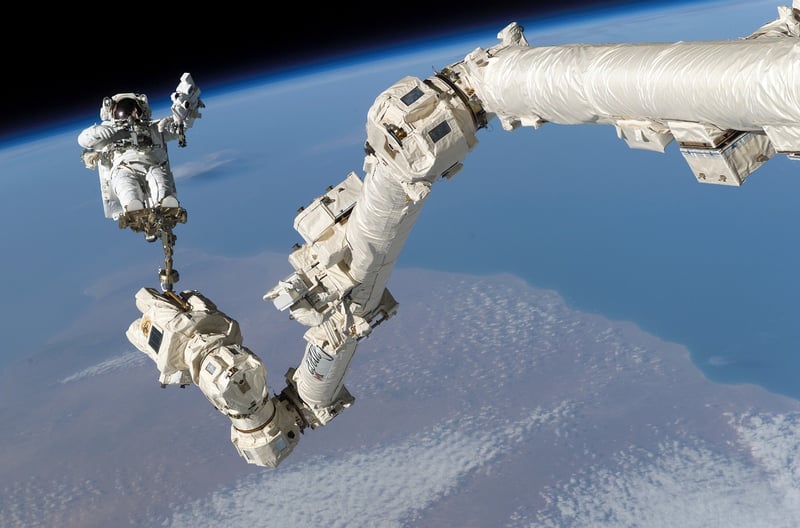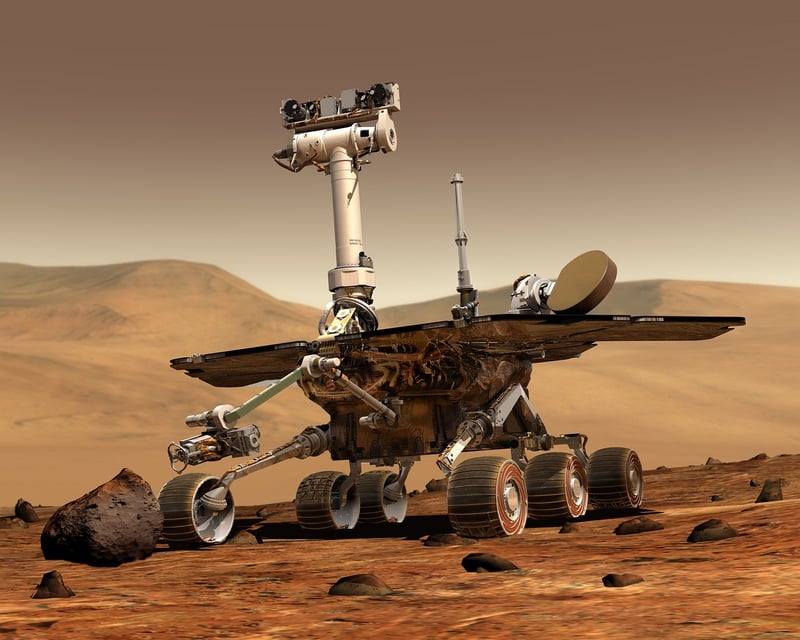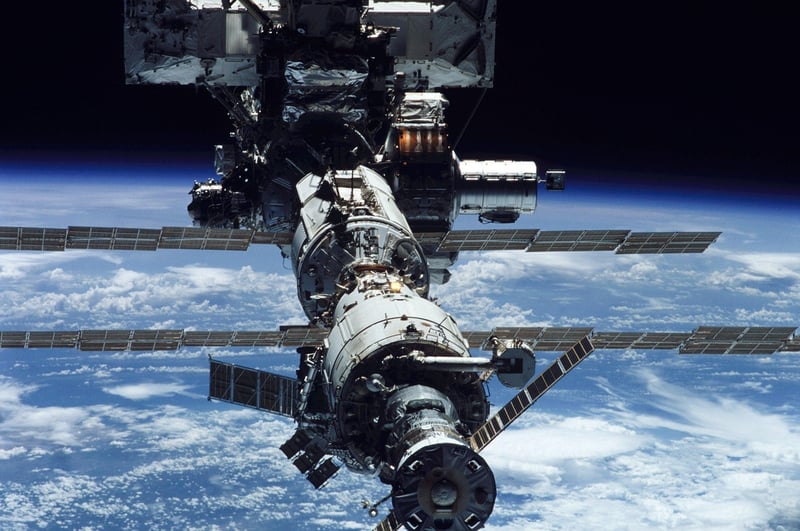Long-Duration Spaceflight
Overcoming Obstacles in Deep Space Travel and Long-Duration Spaceflight
Exploring the vast expanse of deep space and embarking on long-duration spaceflights present unique challenges that are both technical and physiological. Overcoming these obstacles is essential for the advancement of human space exploration. Let's delve into some of the key hurdles and the innovative solutions that are shaping the future of space travel.
Microgravity and Bone Density Loss
One of the primary concerns in long-duration space missions is the impact of microgravity on astronauts' bone density. Extended exposure to weightlessness can lead to significant bone loss, making it crucial to develop countermeasures such as exercise routines and dietary supplements to maintain bone health.

Radiation Exposure
Deep space is filled with high levels of radiation from sources like cosmic rays and solar flares. Shielding spacecraft and developing advanced radiation protection technologies are vital to safeguarding astronauts from the harmful effects of radiation during long space missions.

Isolation and Psychological Challenges
Isolation and confinement in a spacecraft for extended periods can lead to psychological issues such as depression and anxiety. Implementing effective psychological support systems, regular communication with Earth, and recreational activities are essential to maintaining the mental well-being of astronauts.
Life Support Systems
Ensuring a sustainable life support system is critical for prolonged space missions. Technologies that recycle air, water, and waste onboard spacecraft are essential for maintaining a closed-loop life support system that minimizes the need for external resources.

Propulsion Technologies
Developing advanced propulsion systems is key to enabling faster travel to distant destinations in space. Technologies like ion propulsion and nuclear thermal propulsion hold promise for reducing travel time and enhancing the efficiency of deep space missions.
Conclusion
Overcoming the obstacles associated with deep space travel and long-duration spaceflight requires a multidisciplinary approach that integrates technological innovation, medical advancements, and psychological support. By tackling these challenges head-on, we pave the way for humanity to expand its presence beyond Earth and venture into the far reaches of the cosmos.
